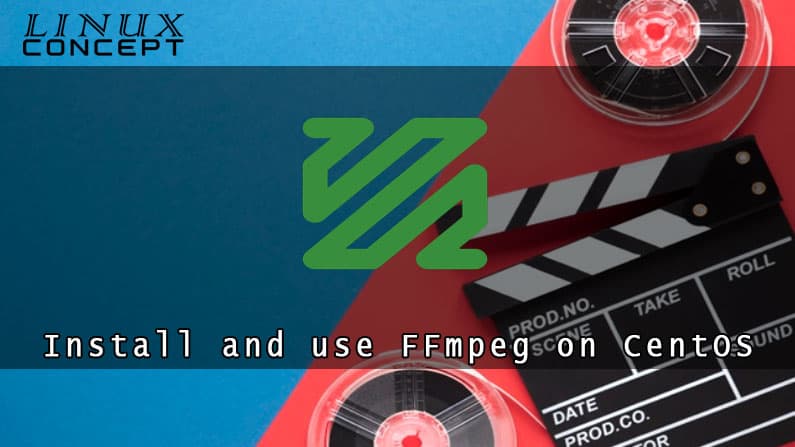The FFmpeg is the most potent and useful command-line tool on Linux system for multimedia files transcoding. You can use FFmpeg to convert multimedia files between various video and audio formats and resize videos. It has multiple audio and video libraries such as libavcode, libavformat, and libavutil.
In this tutorial, you will learn how to install FFmpeg into CentOS 8 Linux operating system. Here we will also show you how to install FFmpeg stable and latest version into various CentOS distro.
The same instruction you can use any other RHEL-based Linux distribution Operating Systems.
Prerequisites
- A CentOS 8 Linux installed system or Server.
- A non-root user with sudo privileges to add and configure the repository and install the package.
Install FFmpeg on CentOS 8 Linux OS
The FFmpeg package comes with CentOS default repository so you can install it by using an apt package manager and this is also a most comfortable way to install FFmpeg on CentOS 8 operating system.
Follow below process to install FFmpeg on CentOS 8 Linux:
$ sudo yum install epel-release -y
$ sudo yum update -yStep 02: Install the Nux Dextop YUM repo
Currently, Official RPM package is not available for FFmpeg in CentOS. So, to install FFmpeg packages in CentOS, need to use third pary yum repo called Nux Dexktop.
Use following command to add Nux Desktop repository in your CentOS 8 Operating System.
$ sudo rpm --import http://li.nux.ro/download/nux/RPM-GPG-KEY-nux.ro
$ sudo rpm -Uvh http://li.nux.ro/download/nux/dextop/el7/x86_64/nux-dextop-release-0-2.el6.nux.noarch.rpmStep 03: Now, you can install FFmpeg by using the following command:
$ sudo yum install ffmpegStep 04: After installation of FFmpeg, you can validate it by checking the version of FFmpeg as shown below:
$ ffmpeg –versionYou can also check available FFmpeg’s all encoders and decoders by using the following command:
$ ffmpeg –encoders
$ ffmpeg –decodersNow, FFmpeg successfully installed into your CentOS 8 System or server.
Use of FFmpeg
Basic Conversion
Example 1 – Convert a video file from mp4 to webm:
$ ffmpeg –I input.mp4 output.webmExample 2 – Convert an audio file from mp3 to ogg:
$ ffmpeg –I input.mp3 output.oggSpecifying codecs
Example 1 – you can convert a video file from mp4 format to webm using video codec “libvpx” and audio codec “libvorbis” using following command:
$ ffmpeg –I input.mp4 –c:v libvpx –c:a libvorbis output.webmExample 2 – You can convert an audio file from mp3 format to ogg encoded with the codec “libopus”.
$ ffmpeg –I input.mp3 –c:a libopus output.oggConclusion
Now, you are ready to install FFmpeg on CentOS 8 and any other RHEL-based Linux distribution. You can also visit the FFmpeg official documentation page and learn more about FFmpeg uses.
If you have any doubt, problem in installation or having feedback, feel free to leave comment.


0 Comments